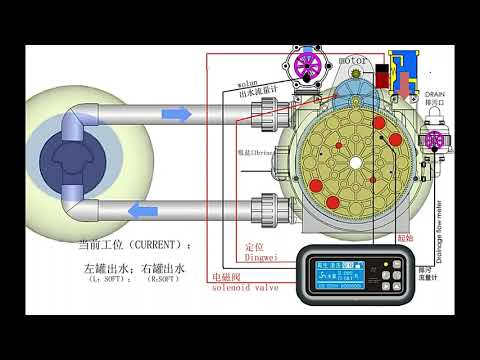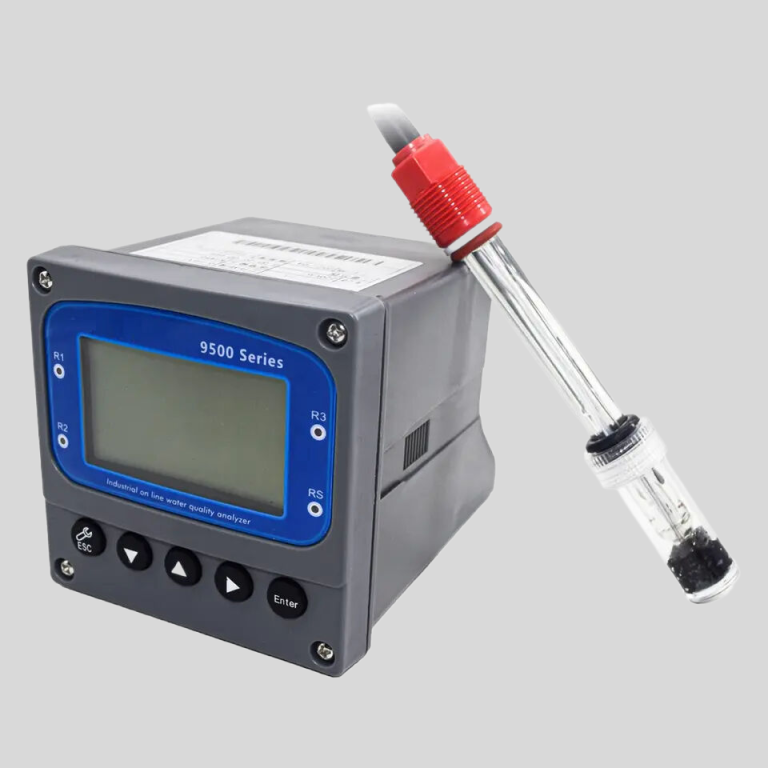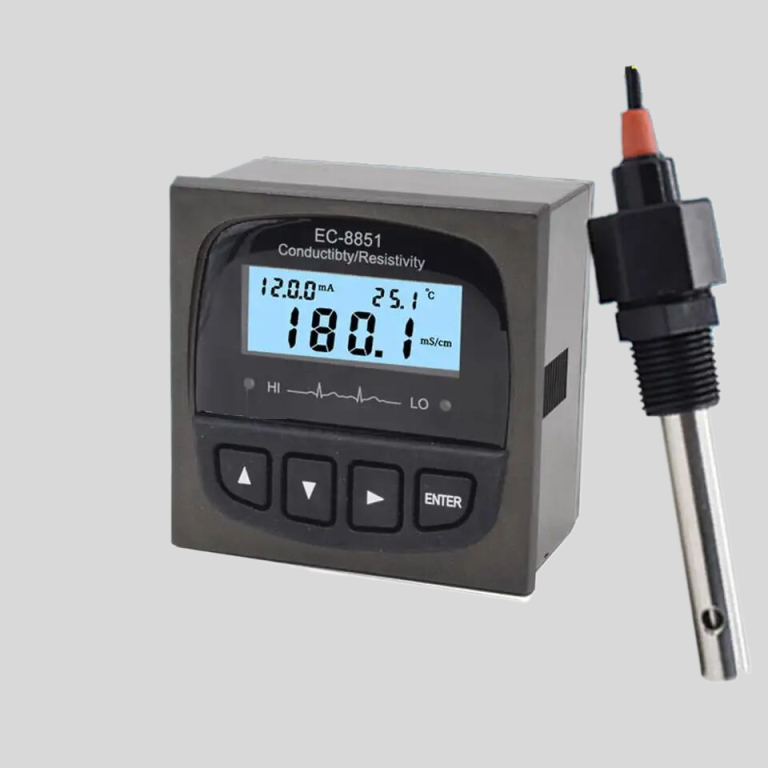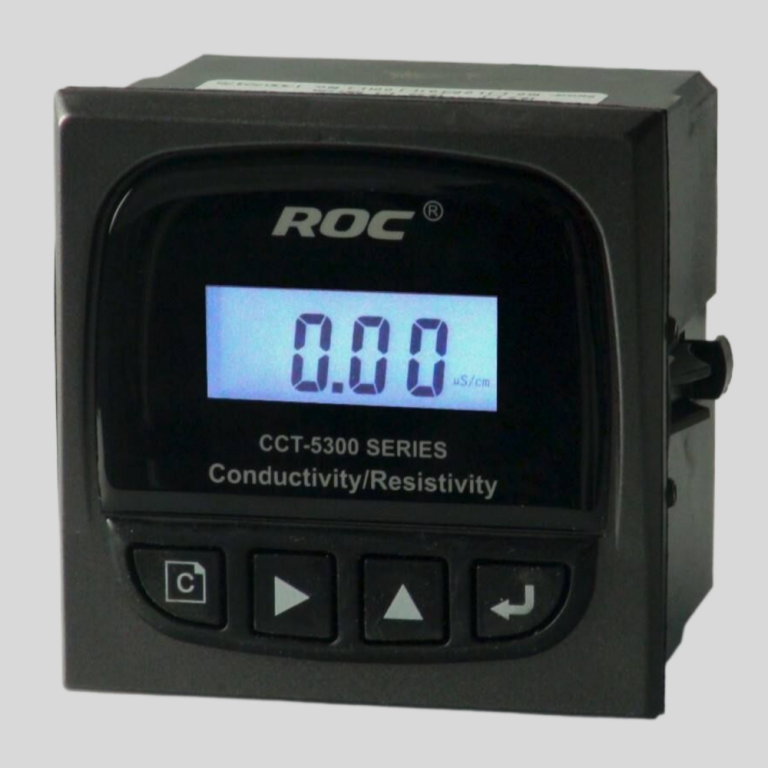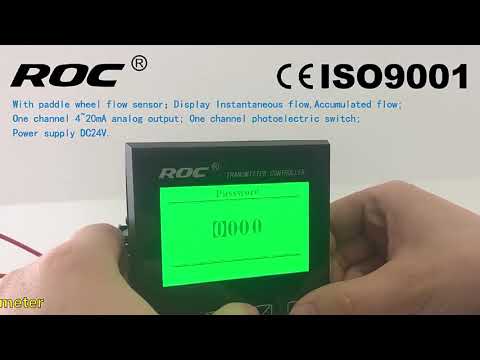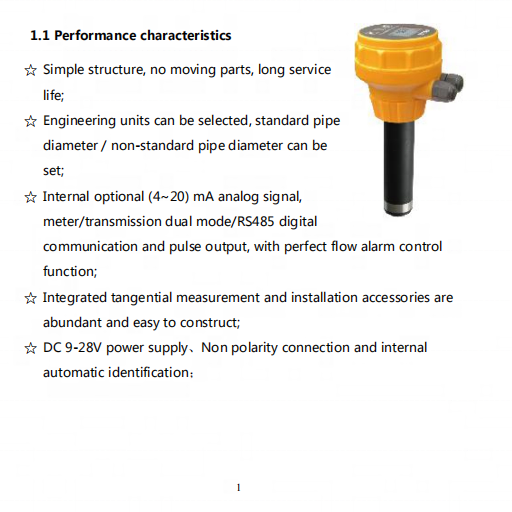The Importance of Tap Water Testing for Your Health
Tap water is a vital resource that many of us take for granted. We turn on the faucet, fill up a glass, and drink without giving it a second thought. However, what many people don’t realize is that tap water can contain harmful contaminants that can have serious implications for our health. This is why tap water testing is so important.
| CCT-3300 | ||||
| Constant | 10.00cm-1 | 1.000cm-1 | 0.100cm-1 | 0.010cm-1 |
| Conductivity | (500~20,000) | (1.0~2,000) | (0.5~200) | (0.05~18.25) |
| μS/cm | μS/cm | μS/cm | MΩ·cm | |
| TDS | (250~10,000) | (0.5~1,000) | (0.25~100) | —— |
| ppm | ppm | ppm | ||
| Medium Temp. | (0~50)℃(Temp. Compensation : NTC10K) | |||
| Resolution | Conductivity: 0.01μS/cm;0.01mS/cm | |||
| TDS: 0.01ppm | ||||
| Temp.: 0.1℃ | ||||
| Accuracy | Conductivity:1.5%(FS) | |||
| Resistivity: 2.0%(FS) | ||||
| TDS:1.5%(FS) | ||||
| Temp:±0.5℃ | ||||
| Analog Output | Single isolated(4~20)mA,instrument/transmitter for selection | |||
| Control Output | SPDT relay,Load Capacity: AC 230V/50A(Max) | |||
| Working Environment | Temp: (0~50)℃;Relative humidity: ≤85%RH(none condensation) | |||
| Storage Environment | Temp:(-20~60)℃; Relative humidity ≤85%RH(none condensation) | |||
| Power Supply | DC 24V/AC 110V/AC 220V±15%(for selection) | |||
| Dimension | 48mm×96mm×80mm (H×W×D) | |||
| Hole Size | 44mm×92mm (H×W) | |||
| Installation | Panel mounted, fast installation | |||
One of the main reasons why tap water testing is crucial is because it can help identify any potential contaminants that may be present in the water supply. These contaminants can come from a variety of sources, including industrial runoff, agricultural pesticides, and even old pipes that leach harmful chemicals into the water. By testing the tap water regularly, you can ensure that you are not unknowingly exposing yourself and your family to these harmful substances.
In addition to identifying contaminants, tap water testing can also help determine the overall quality of the water supply. This includes factors such as pH levels, mineral content, and the presence of bacteria and other microorganisms. By understanding the quality of your tap water, you can take steps to improve it if necessary, such as installing a water filtration system or using a water softener.
| Measuring Method | N,N-Diethyl-1,4-phenylenediamine (DPD) spectrophotometry | |||
| Model | CLA-7122 | CLA-7222 | CLA-7123 | CLA-7223 |
| Inlet water channel | Single channel | Dual channel | Single channel | Dual channel |
| Measurement range | Total Chlorine : (0.0 ~ 2.0)mg/L ,calculated as Cl2 ; | Total Chlorine : (0.5 ~10.0)mg/L ,calculated as Cl2 ; | ||
| pH:(0-14);temperature:(0-100)℃ | ||||
| Accuracy | Free chlorine: ±10% or 0.05mg/L (whichever is greater), calculated as Cl2; Total chlorine: ±10% or 0.05mg/L (whichever is greater), calculated as Cl2 | Free chlorine: ±10% or 0.25mg/L (whichever is greater), calculated as Cl2; Total chlorine: ±10% or 0.25mg/L (whichever is greater), calculated as Cl2 | ||
| pH:±0.1pH;Temp.:±0.5℃ | ||||
| Measurement cycle | Free Chlorine≤2.5min | |||
| Sampling interval | The interval (1~999) min can be set to any value | |||
| Maintenance cycle | Recommended once a month (see maintenance chapter) | |||
| Environmental | Ventilated and dry room without strong vibration; Suggested room temperature: (15 ~ 28)℃; relative humidity: ≤85% (no condensation). | |||
| requirements | ||||
| Sample water flow | (200-400) mL/min | |||
| inlet water pressure | (0.1-0.3) bar | |||
| Inlet water temperature range | (0-40)℃ | |||
| Power supply | AC (100-240)V; 50/60Hz | |||
| Consumption | 120W | |||
| Power connection | 3-core power cord with plug is connected to the mains socket with ground wire | |||
| Data output | RS232/RS485/(4~20)mA | |||
| Dimension size | H*W*D:(800*400*200)mm | |||
Another important reason to test your tap water is to ensure that it meets regulatory standards set by the Environmental Protection Agency (EPA). The EPA has established guidelines for the maximum allowable levels of various contaminants in drinking water, such as lead, arsenic, and chlorine. By testing your tap water regularly, you can ensure that it meets these standards and is safe for consumption.
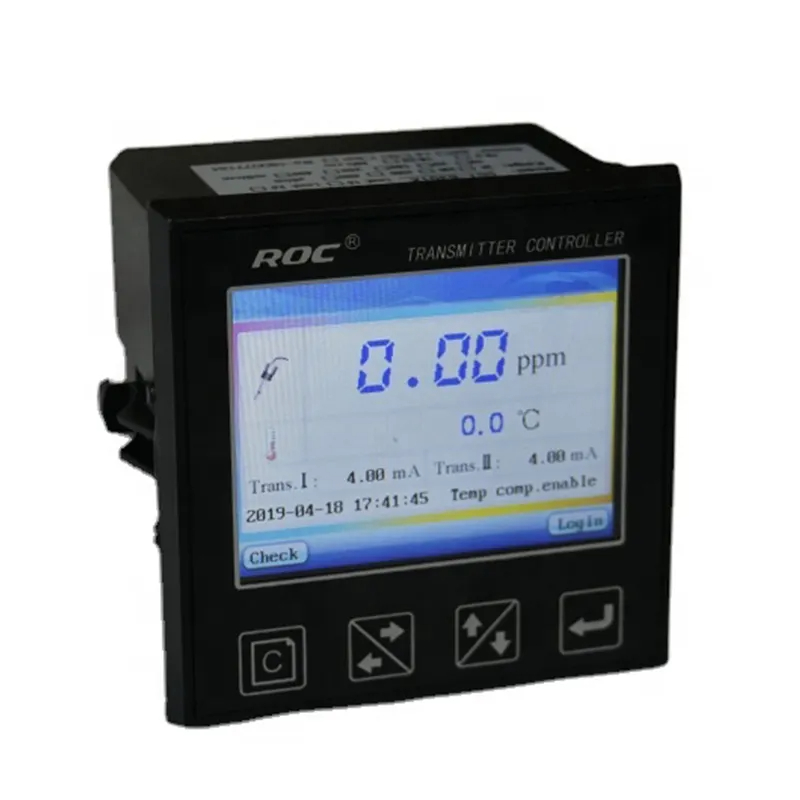
Furthermore, tap water testing can also help identify any potential issues with your plumbing system that may be affecting the quality of your water. For example, if you notice a strange odor or taste in your tap water, it could be a sign that there is a problem with your pipes or water heater. By testing the water, you can pinpoint the source of the issue and take steps to address it before it becomes a more serious problem.
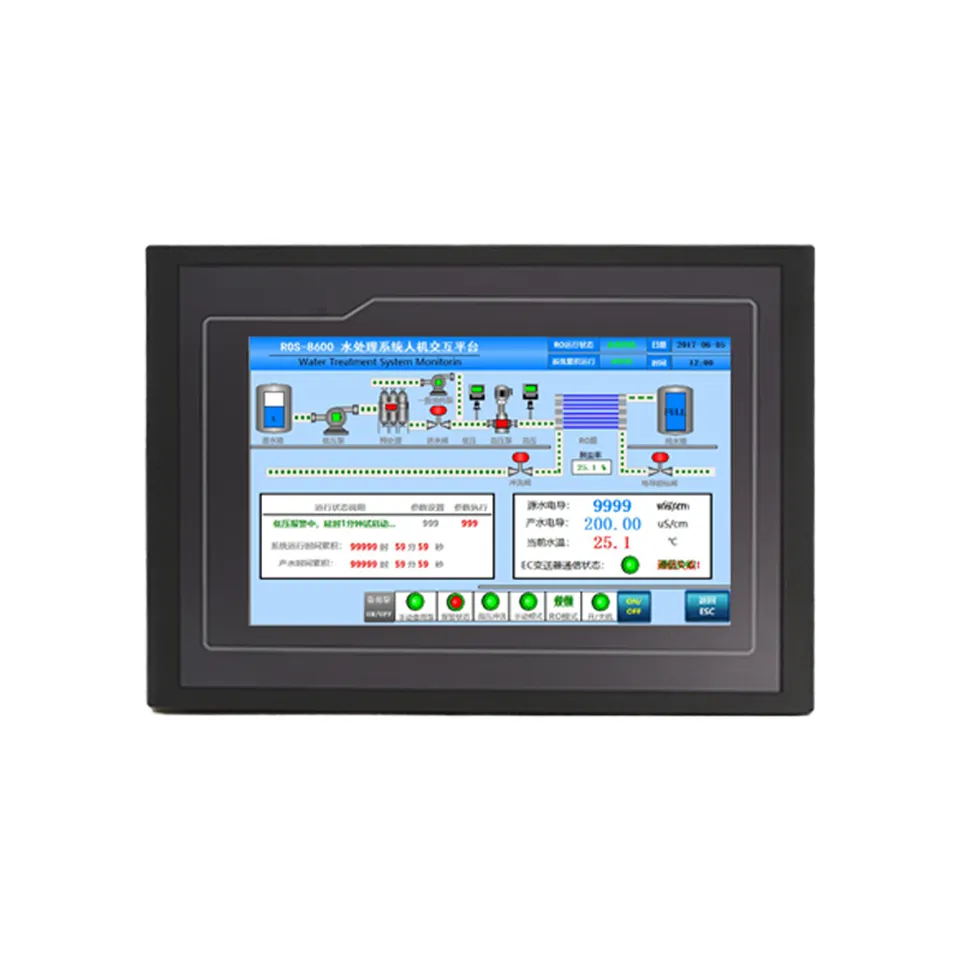
Overall, tap water testing is an essential step in ensuring the health and safety of you and your family. By identifying contaminants, assessing water quality, and ensuring regulatory compliance, you can have peace of mind knowing that your tap water is safe to drink. So next time you turn on the faucet, remember the importance of tap water testing and take the necessary steps to protect your health.

